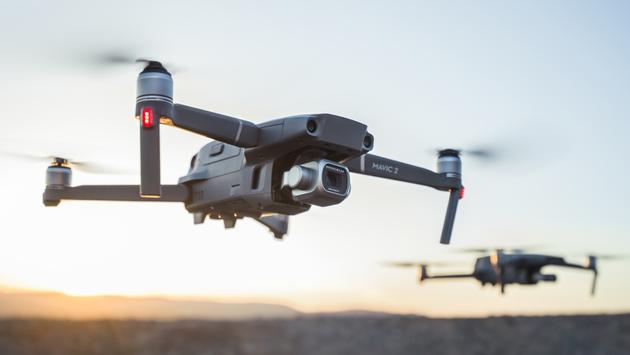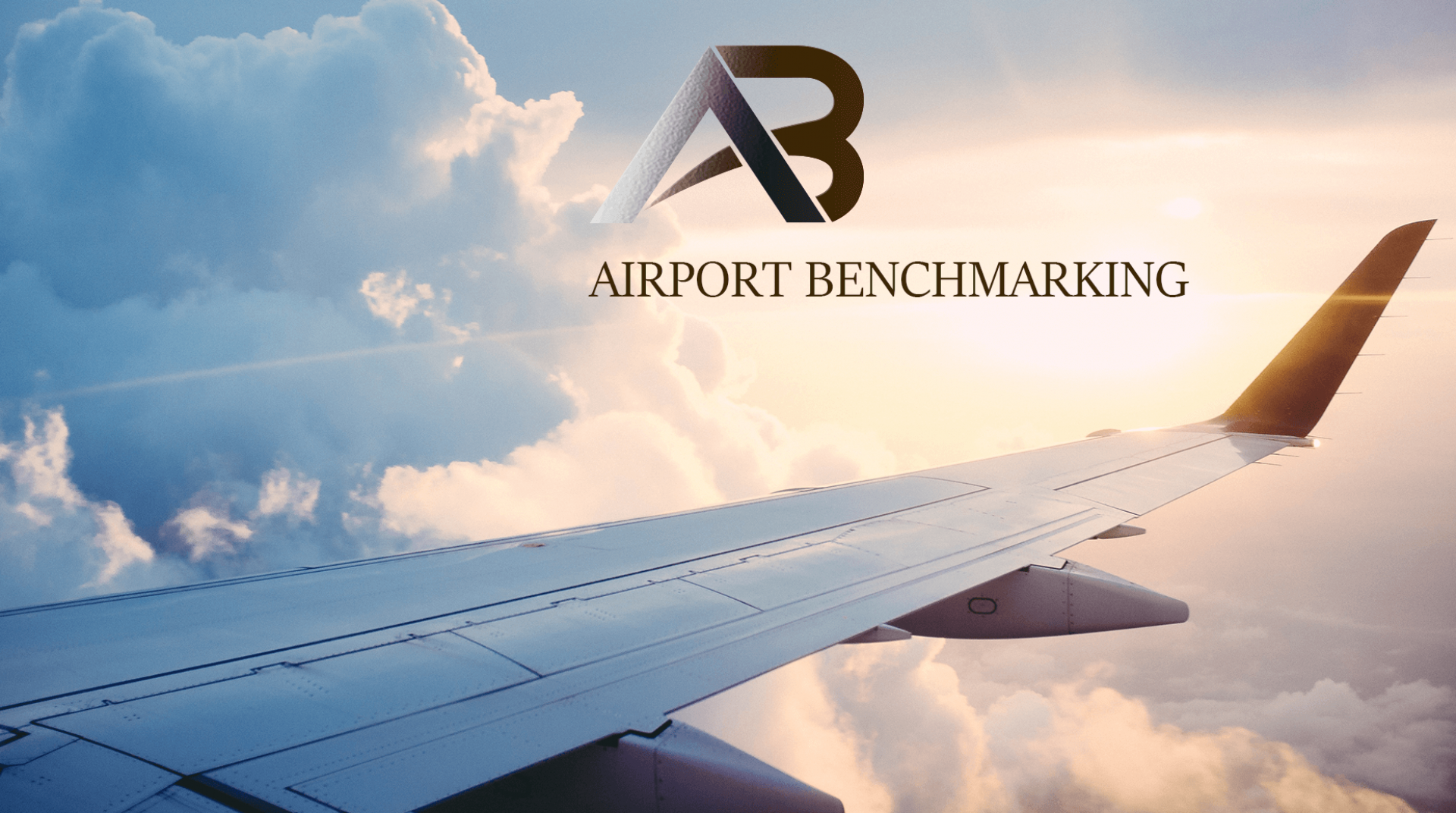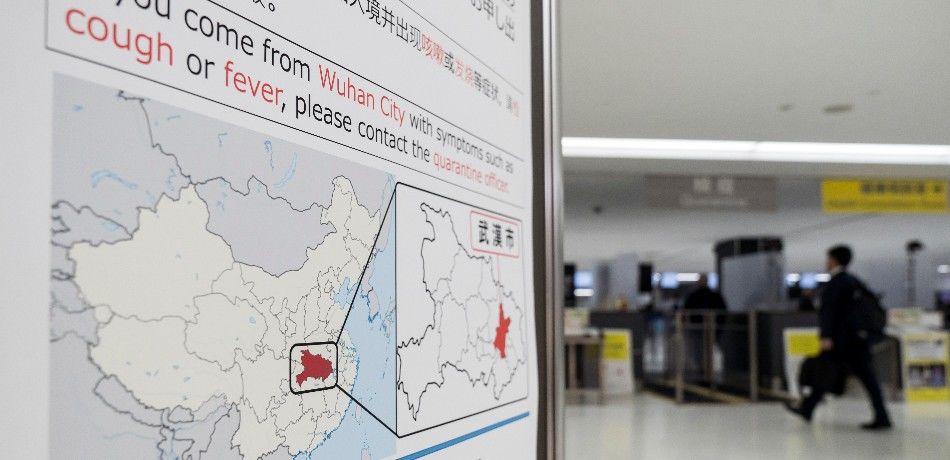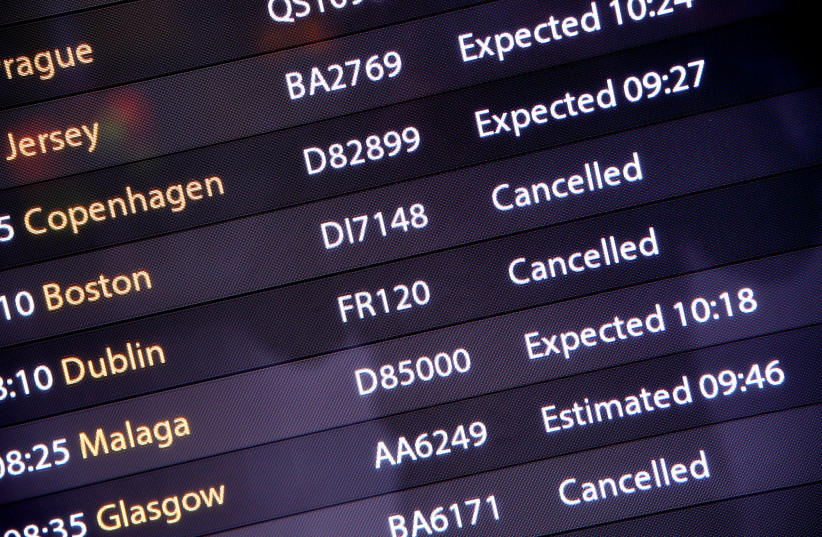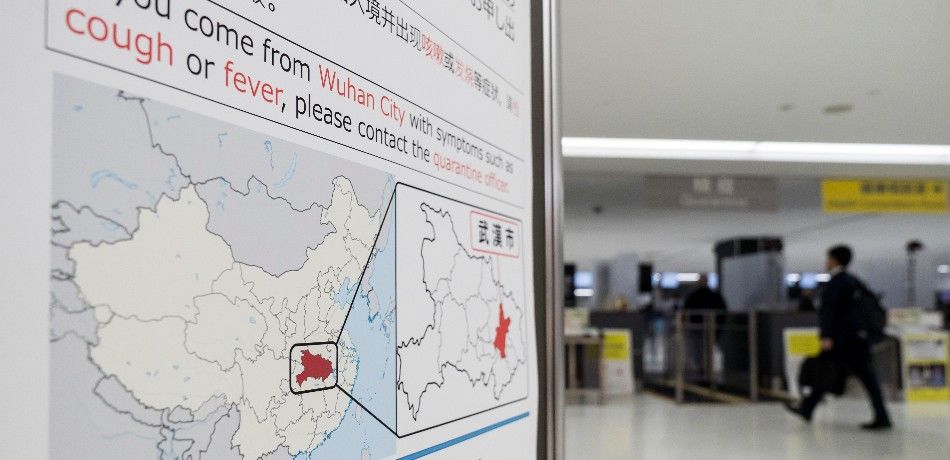Summary
We share our highlights from CES and elaborate on the trends that are reshaping technology in 2020.
CES also served as a reminder of the power and influence that millennials wield and how their habits can disrupt industries.
This year’s CES showed us that many companies are not only focused on developing next generation technologies, but also equally focused on commercializing those technologies to bring them to the masses.
In our annual visit to CES, one of the world’s largest gatherings of new electronics and vehicles, we met with CEOs and product managers to discuss their latest innovations in disruptive trends like the internet of things, electric and autonomous vehicles, robotics, and video games. While in previous years, the conference exuded futuristic idealism, promoting products that were neither technologically viable nor commercially feasible, this year’s conference appeared much more balanced between the practical and the fantastical. We view this change as an appropriate maturation of the consumer electronics industry, optimizing between commercialization, technological progress, and investing in the next generation of disruptive products. In addition to the newfound practicality, we noticed an accelerating trend of mass personalization – products that seek to deliver unique experiences to users based on learned preferences.
In this piece, we share our highlights from CES and elaborate on the trends that are reshaping technology in 2020.
There’s a War for Your Smart Home
Smart home devices have often felt ahead of their time. Why would I need a connected refrigerator or a smart closet? But the technology continues to improve, costs keep falling, and the software platforms that integrate devices work better than ever. As a result, the internet of things is entering a new phase of true connectivity and personalization. “Alexa, play The Witcher” can automatically dim the lights, close the blinds, and start up your favorite show. Ballie, the softball-sized rolling robot from Samsung can roam your home, detecting security threats, spills that require cleanup from your robot vacuum, and receive commands like a Google Home on wheels.
Yet as a fully integrated smart home becomes more feasible, the war for controlling your smart home devices is intensifying. US companies like Amazon (NASDAQ:AMZN) and Google (NASDAQ:GOOG) (NASDAQ:GOOGL) are bumping up against competitors in Europe (Bosch (OTC:BSWQY)) and South Korea (LG (OTC:LGEAF) and Samsung (OTC:SSNLF)) to become the brains of your connected home (and car). These firms realize that as your home and vehicles become smarter, they become your point of purchase. The smart refrigerator that detects what food you own and suggests recipes based on your latest purchases and dietary restrictions is now a virtual portal to the Whole Foods dairy aisle and can automatically reorder the milk. The smart closet that recommended a trendy blouse and pants combination is now a virtual dressing room to buy the latest fashion from your favorite retailer. While smart devices add tremendous functionality, convenience, and personalization, make no mistake: they are valuable extensions of search engines, e-commerce sites, and device manufacturers, and these companies want to own the experience.
Robots Just Want to Be Friends
Uttering “CR15, give me a mint” into a microphone, prompted a lime green robotic arm to identify and delicately pick up a tin of mints from a disorganized pile. This “cobot” (collaborative robot) demonstrated at CES works safely alongside humans, utilizing sensors to know when a human is near, which slows movements to 1/4th of its typical operating speed. If a human hand gets too close, it stops entirely at a moment’s notice.
3D vision, enhanced dexterity, and flexible end of arm tooling are enabling robots to carry out a broader range of tasks in more environments than ever before. Whether it’s unpacking a pallet or picking strawberries, robots are slated to play an increasingly important role in warehouses and fields alongside humans. In addition to greater functionality, a plethora of sensors are monitoring a robot’s health to predict failures ahead of time and avoid unplanned downtime.
To further enhance results, robots are increasingly training ahead of performing a task through the use of digital AI simulators, or digital twins. The simulators can run thousands of iterative processes in seconds, creating vast amounts of data that can be transferred to the physical robots. In the past, training robotics was laborious, requiring time, capital and engineering expertise. Today, AI simulators are increasingly accurate as they transfer virtual learning to real world applications.
Reality is in the Eye of the Beholder
Delta (NYSE:DAL), the first airline to attend CES, introduced a compelling new technology dubbed “Parallel Reality”. The system uses cameras in an airport to tag travelers when they arrive and track their movements throughout the terminal. Knowing exactly where each passenger is located, the system utilizes specialized monitors to display personalized information, such as one’s flight status – that only that individual can see. Someone else standing nearby can receive a unique, personalized message from the same monitor. The system works without any glasses or devices. While the technology makes plenty of sense in an airport, there are many other use cases that could be valuable, such sharing personalized navigation on highway signs or targeted advertisements in stores.
Formula One (NASDAQ:FWONA) (F1) also showed off its hyper-realistic driving simulator that allows gamers to line up on the grid to compete versus both gamers in the virtual world and drivers in real races in the physical world. This blending of the virtual and physical worlds represents an enormous opportunity for fan engagement and e-sports as digital experiences play an increasingly important role in millennial and Gen Z entertainment.
Electric and Autonomous Cars Focus Go Mainstream
Electric vehicles were historically developed for the luxury market as small scale led to higher prices. Yet as battery and component prices fall rapidly, manufacturers are designing new EV car models and business models to target a broader audience of drivers. One example is the Fisker Ocean, which the company announced would sell for $30,000 (after subsidies) or offer a flexible month-by-month lease program. Given the lower maintenance associated with EVs, the firm expects to re-lease vehicles multiple times throughout its usable life. Many other EVs were announced at CES, confirming our view that electric mobility is coming to market in waves, many of which rely on top battery producers like Panasonic (OTCPK:PCRFY), LG Chem (OTCPK:LGCLF), Samsung SDI (OTC:SSDIY), and CATL.
At precious CES events, moonshot auto technologies focused on developing technology to serve level 4 or 5 autonomous driving (near or fully autonomous driving). But this year scaled back expectations, with a focus on the more immediately viable and significantly cheaper technologies capable of levels 2 and 3 (L2/3) autonomous driving. L2/3, which consists of partial vehicle autonomy with a driver present, can be immediately available in higher-end cars utilizing radars and cameras rather than expensive and data-intensive lidar systems. Such L2/3 features include highway lane control, auto-valet parking, adaptive cruise control, and emergency breaking.
Millennials are Hungry for Change
CES also served as a reminder of the power and influence that millennials wield and how their habits can disrupt industries. And those habits include their appetites. Impossible Foods (IMPF) announced its Impossible Pork and discussed its ambition to use plant-based substitutes for meat products to help solve climate change. Plant-based products only require five ingredients: soy, coconut oil, sunflower oil, whey stream (binding agent) and heme. Plant-based meat alternatives consumers skew towards millennials and Gen Zers as they eschew the $1.7 trillion meat market and move toward vegan or flexitarian diets. In 2020, the company aims to introduce Impossible Seafood, including shrimp.
Conclusion
This year’s CES showed us that many companies are not only focused on developing next generation technologies, but also equally focused on commercializing those technologies to bring them to the masses. We believe this represents a critical inflection point for many disruptive themes as companies believe technologies like robotics, AI, the internet of things and electric vehicles are ready for mass adoption.
Related ETFs
SNSR: The Global X Internet of Things ETF (NASDAQ:SNSR) enables investors to access a potential high growth theme through companies at the leading edge of IoT, an approach which transcends classic sector, industry and geographic regions to target this emerging theme. In a single trade, SNSR delivers access to dozens of companies with high exposure to emerging IoT technology.
BOTZ: The Global X Robotics & Artificial Intelligence ETF (NASDAQ:BOTZ) seeks to invest in companies that potentially stand to benefit from increased adoption and utilization of robotics and artificial intelligence (AI), including those involved with industrial robotics and automation, non-industrial robots, and autonomous vehicles.
AIQ: The Global X Future Analytics Tech ETF (NASDAQ:AIQ) seeks to invest in companies that potentially stand to benefit from the further development and utilization of artificial intelligence (AI) technology in their products and services, as well as in companies that provide hardware facilitating the use of AI for the analysis of big data.
HERO: The Global X Video Game & Esports ETF (NASDAQ:HERO) seeks to invest in companies that develop or publish video games, facilitate the streaming and distribution of video gaming or esports content, own and operate within competitive esports leagues, or produce hardware used in video games and esports, including augmented and virtual reality.
LIT: The Global X Lithium & Battery Tech ETF (NYSEARCA:LIT) invests in the full lithium cycle, from mining and refining the metal, through battery production.
DRIV: The Global X Autonomous & Electric Vehicles ETF (NASDAQ:DRIV) seeks to invest in companies involved in the development of autonomous vehicle technology, electric vehicles (“EVs”), and EV components and materials. This includes companies involved in the development of autonomous vehicle software and hardware, as well as companies that produce EVs, EV components such as lithium batteries, and critical EV materials such as lithium and cobalt.
MILN: The Global X Millennials Thematic ETF (NASDAQ:MILN) seeks to invest in companies that have a high likelihood of benefiting from the rising spending power and unique preferences of the U.S. Millennial generation (birth years ranging from 1980-2000). These companies come from a broad range of categories, including: social media and entertainment, food and dining, clothing and apparel, health and fitness, travel and mobility, education and employment, housing and home goods, and financial services.
Investing involves risk, including the possible loss of principal. There is no guarantee the strategies discussed will be successful. International investments may involve risk of capital loss from unfavorable fluctuation in currency values, from differences in generally accepted accounting principles or from economic or political instability in other nations. Emerging markets involve heightened risks related to the same factors as well as increased volatility and lower trading volume. Narrowly focused investments may be subject to higher volatility. There are additional risks associated with investing in lithium and the lithium mining industry. The investable universe for thematic ETFs may be limited. The funds are non-diversified.
The investable universe of companies in which MILN may invest may be limited. The Fund invests in securities of companies engaged in Information Technology which can be affected by rapid product obsolescence and intense industry competition. International investments may involve risk of capital loss from unfavorable fluctuation in currency values, from differences in generally accepted accounting principles or from social, economic or political instability in other nations. MILN is non-diversified.
Video Game and Esports Companies are subject to risks associated with additional regulatory oversight with regard to privacy/cybersecurity concerns, shifting consumer preferences, and potential licensing challenges. Declining or fluctuating subscription renewal rates for products/services or the loss or impairment of intellectual property rights could adversely affect profits. Thematic companies may have limited product lines, markets, financial resources or personnel. They typically engage in significant amounts of spending on research and development, capital expenditures and mergers and acquisitions.
The investable universe of companies in which BOTZ and AIQ may invest may be limited. The Funds invest in securities of companies engaged in Information Technology, which can be affected by rapid product obsolescence and intense industry competition. International investments may involve risk of capital loss from unfavorable fluctuation in currency values, from differences in generally accepted accounting principles or from social, economic or political instability in other nations.
Information Technology companies can be affected by rapid product obsolescence, and intense industry competition. Risks include disruption in service caused by hardware or software failure; interruptions or delays in service by third-parties; security breaches involving certain private, sensitive, proprietary and confidential information managed and transmitted; and privacy concerns and laws, evolving Internet regulation and other foreign or domestic regulations that may limit or otherwise affect the operations. Healthcare, Pharmaceutical, Biotechnology and Medical Device companies can be affected by government regulations, expiring patents, rapid product obsolescence, and intense industry competition.
International investments may involve risk of capital loss from unfavorable fluctuation in currency values, from differences in generally accepted accounting principles, or from economic or political instability in other nations. Emerging markets involve heightened risks related to the same factors as well as increased volatility and lower trading volume. Narrowly focused investments may be subject to higher volatility. There are additional risks associated with investing in lithium and the lithium mining industry.
Carefully consider the Funds’ investment objectives, risk factors, charges, and expenses before investing. This and additional information can be found in the Funds’ summary or full prospectus, which may be obtained by calling 1.888.493.8631, or by visiting globalxetfs.com. Please read the prospectus carefully before investing.
Global X Management Company LLC serves as an advisor to Global X Funds. The Funds are distributed by SEI Investments Distribution Co. (SIDCO), which is not affiliated with Global X Management Company LLC or Mirae Asset Global Investments. Global X Funds are not sponsored, endorsed, issued, sold or promoted by Solactive AG, nor does Solactive AG make any representations regarding the advisability of investing in the Global X Funds. Neither SIDCO, Global X nor Mirae Asset Global Investments are affiliated with Solactive AG.
Shares of ETFs are bought and sold at market price (not NAV) and are not individually redeemed from the Fund. Brokerage commissions will reduce returns. This information is not intended to be individual or personalized investment or tax advice and should not be used for trading purposes. Please consult a financial advisor or tax professional for more information regarding your investment and/or tax situation.
Original post
Editor’s Note: The summary bullets for this article were chosen by Seeking Alpha editors.
source : https://seekingalpha.com/article/4319203-ces-2020-recap-practical-meets-personal
